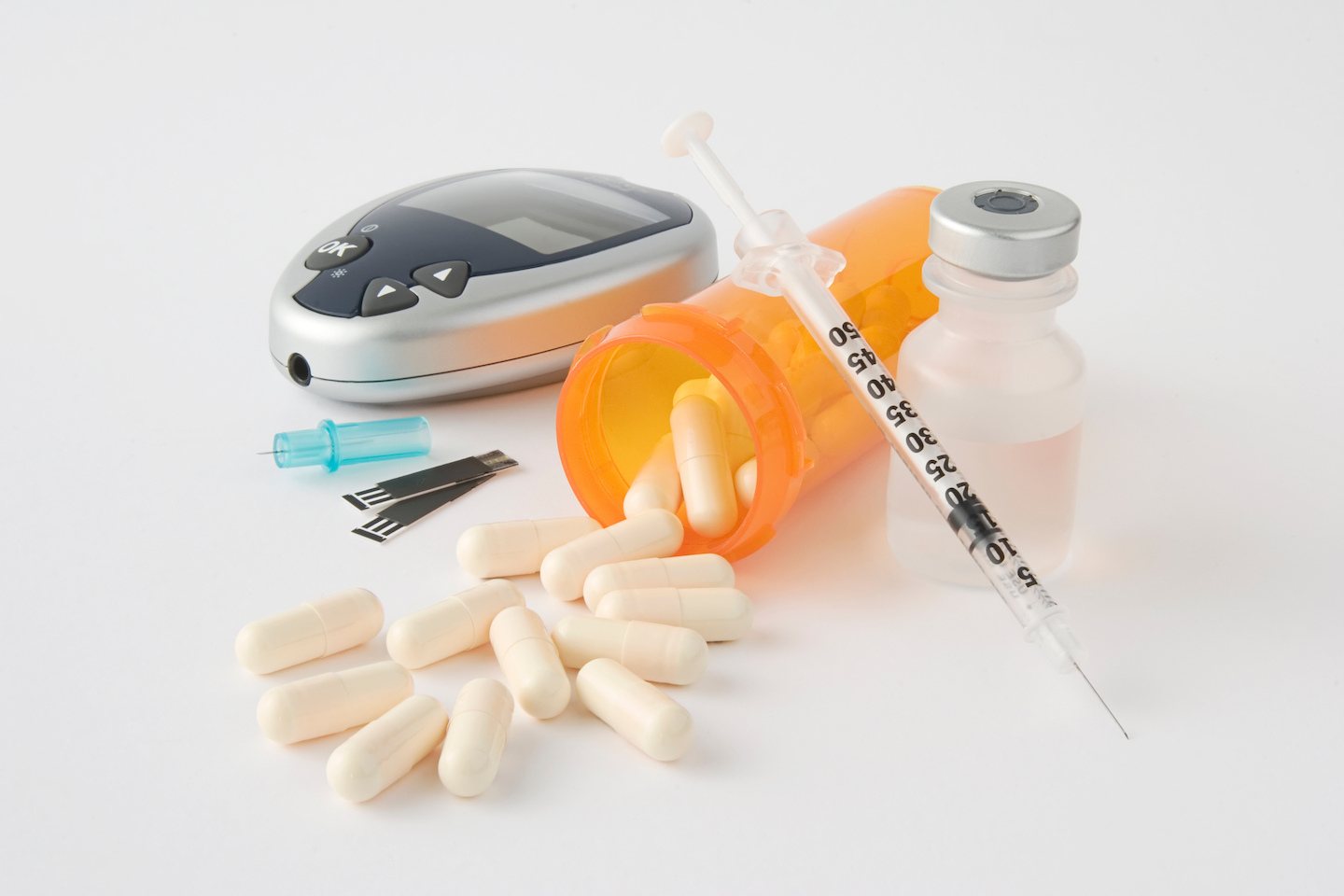Understanding Medicare and Diabetes Coverage
November 1, 2022 | John Demko
November is National Diabetes Month, making this is an ideal time to revisit the disease’s significance and its impact on many lives. An estimated 33% of people 65 and older have diabetes (2022). Being a senior and diabetic can be tough on your body and harsh on your wallet. It’s important to understand Medicare and diabetes coverage so you can choose the right Medicare plan.
Medicare and Diabetes: Costs and Coverage
The costs of diabetes can be staggering: On average, people with diagnosed diabetes have medical expenditures approximately 2.3 times higher than those without diabetes.
Diabetes is not something we can innately spot, but a simple blood test will tell if you have the condition. Once diagnosed, it’s essential to know the risk factors and to see a specialist, usually an endocrinologist, to ensure the results are accurate and to begin to chart your course for managing the disease.
An initial diagnosis of diabetes can be overwhelming and stressful. Though stress is a part of life, it can make managing diabetes even more difficult. Diabetes is not directly curable, however, one can control the triggers and symptoms.
Diabetic individuals must manage several specific and often expensive medications, insulin testing, and treatments. Additionally, there can be a need for equipment like shoes, support stockings, foot, and eye care. A diabetic patient will need to understand how their Medicare health plan covers their diabetic needs, from insulin to supplies.
It’s About the Insulin
When insulin isn’t adequately made by the body, several interventions are necessary to keep the pancreas functioning, starting with insulin itself-:
- Insulin that is self-administered, under a doctor’s prescription and picked up at pharmacy. This is covered under Medicare Part D.
- Insulin that is pumped with a monitor and attached pump. The pump is considered Durable Medical Equipment*, and covered under Medicare Part B.
- Insulin that is administered by a professional in a clinic setting. This is considered a medically administered drug and is covered under Medicare Part B.
*Test strips and lancets used at home, and even compression stockings are also Durable Medical Equipment, part of Medicare Part B.
If you or a loved one has diabetes and medications, you will want to be aware of details including the brand, dosage, and frequency, as well as who administers the drugs. This can affect Medicare costs and coverage.
The cost of insulin can be exceptionally high, and can impact Medicare recipients’ budgets. Rightfully so, insulin costs have become a trending political topic in the past several years. New legislation has played a prominent role in limiting financial impacts for insulin users.
In 2021, we saw the rollout of the Part D Senior Savings Model. In this program, participating Medicare Advantage and Part D prescription drug plans offer select insulins at an affordable and predictable cost. This dictates that a 30-day supply of plan-formulary insulins cost no more than $35.
In 2023, we will see the Inflation Reduction Act expand on this current program, and all Medicare plans with prescription drug coverage will offer plan-formulary insulins at $35 or less for a one-month supply, regardless of the coverage stage.
At Twin City Underwriters, our agents are your advocate! We’re here to help you and your loved ones navigate the complexities of Medicare and diabetes coverage.
Do you have questions about Medicare and diabetes coverage? Reach out to the experienced Medicare insurance brokers at Twin City Underwriters to learn more and determine your Medicare coverage options. We offer free Medicare workshops to help you better understand Medicare, as well as one-on-one meetings.
Sources:
Centers for Disease Control and Prevention; National Diabetes Statistics Report
American Diabetes Association; Centers for Medicare and Medicaid Services; “Medicare Coverage of Diabetes Supplies, Services, & Prevention Programs”

